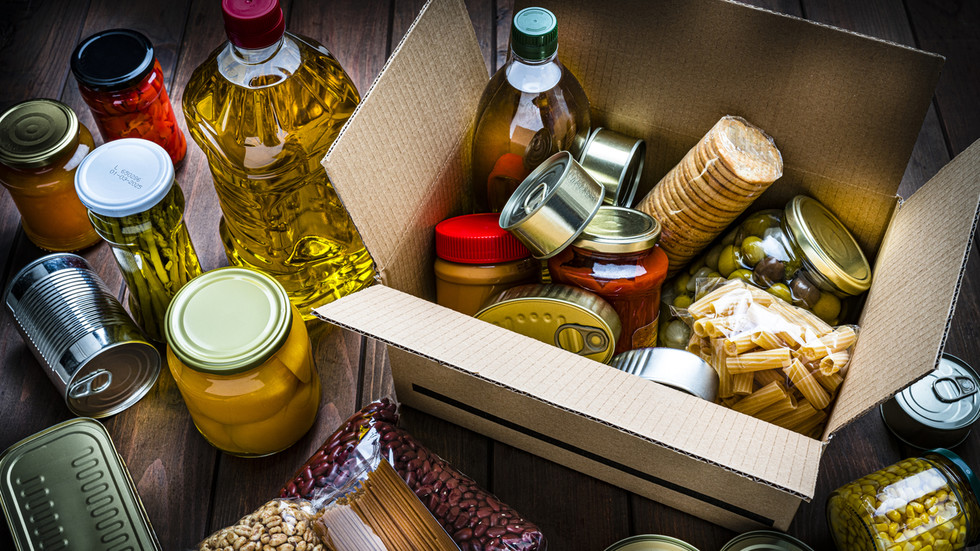The Maritime and Coastguard Agency is assessing what counter pollution action is needed, as people voice concern for porpoises and seabirds.
The collision of two ships off the east coast of England has created an environmental “tragedy” in the North Sea, wildlife experts warn.
Fires are still burning on an oil tanker carrying jet fuel and the cargo ship loaded with toxic chemicals that crashed into it yesterday morning (10 March) off the coast of East Yorkshire.
One crew member from the cargo ship is missing and the search for them has sadly been called off, according to an update from HM Coastguard this morning. The other 36 crew members from both vessels were safely rescued, with one in hospital.
An assessment of what counter pollution response will be necessary is being carried out by the Maritime and Coastguard Agency. While it’s too early to gauge the extent of the damage, environmental groups have been sharing their concerns about the incident.
What is jet fuel and what damage can it do at sea?
The oil tanker - MV Stena Immaculate - was carrying jet fuel for the US government when it was struck, operator and joint owner US logistics firm Crowley confirmed. Some of that aviation fuel has been spilling into the sea since the crash at around 10am GMT yesterday.
Jet fuel is a kerosene-based liquid with a high boiling point, meaning it evaporates slowly. Data from ship tracking site MarineTraffic indicates the tanker was partially laden, with other sources showing it held 140,000 barrels of the aviation fuel.
The fire on Stena Immaculate will burn off some of the fuel. And bacteria in the sea can break down jet fuel, experts say. But that still leaves an unknown amount of a substance toxic to marine life pouring into a sensitive environment.
What wildlife lives in the area where the crash occurred?
“We are now seeing toxic oil pouring from the 183 metre-long tanker into - or very near - a sensitive area designated to protect declining harbour porpoises,” Hugo Tagholm, executive director of Oceana UK, tells Euronews Green.
“As these animals are forced to come to the surface to breathe, they risk inhaling poisonous fumes and choking on oil.”
Oceana says it believes the collision took place in or near two protected areas: the Southern North Sea marine protected area, designated for harbour porpoise, and the Holderness Offshore marine protected area, marked out for seafloor habitats.
There are also breeding seal colonies and numerous species of seabirds along the coast which could be impacted by pollution.
Dave O’Hara, senior site manager at the Royal Society for the Protection of Birds (RSPB) Bempton Cliffs, told the BBC that the area is home to England's largest gannet colony and internationally important populations of seabirds.
Around half a million seabirds, including Gannets, Kittiwakes, Guillemots, Razorbills and Puffins breed in the area each year, on the 122-metre-high chalk cliffs.
What damage could a sodium cyanide leak do in the North Sea?
The cargo vessel, Portugal-flagged container ship Solong, was also carrying a dangerous load: 15 containers of sodium cyanide, according to Lloyd's List intelligence.
It is not yet clear whether the chemical, which is highly water-soluble, has leaked into the sea.
Dr Paul Johnston, a senior scientist at the Greenpeace Research Laboratories at Exeter University, says the organisation is extremely concerned about “multiple toxic hazards”.
“While we don’t know about the status of the containers holding sodium cyanide, we’re dealing with a highly toxic chemical that could cause serious harm.
“Any release of bunker fuel could also pose serious risks to nearby nature sanctuaries,” he adds.
“Authorities need to urgently assess the situation and put in place measures to contain the release of jet fuel and any other toxic substances from the two vessels where possible. We must hope an environmental disaster can be averted.”
Local wildlife groups offer their services
Environmental organisations big and small have been responding to the incident, with local residents also keen to assist.
Cleethorpes Wildlife Rescue, a volunteer-led organisation based in a nearby town on the Humber Estuary, has convened to discuss the care it can provide if oiled wildlife reach Cleethorpes Beach.
“We are currently adapting our oil spill response protocols - originally designed for factory spills - to ensure we are prepared for this incident,” the group said in a post on Facebook.
It has set up a dedicated oiled wildlife hotline, and is urging members of the public to call this number (01472 472662) if they encounter an affected animal, rather than attempting to handle it personally.
Hundreds of people have shared or commented on the post to offer their help, including one woman who volunteered during the last major oil spill in UK waters, when the Sea Empress tanker ran aground at Milford Haven, Wales, in 1996.
Incident shows dangers of ‘Big Oil’ dominance
While environmental groups are concerned with the immediate impact on the marine ecosystem, some also say the incident spotlights the risks of fossil fuels.
“This tragic event shows once again that spills occur everywhere Big Oil goes, be it drilling the ocean floor or transporting fossil fuels around the world,” says Tagholm.
“Local livelihoods could well be threatened in the North East, since oil contamination can impact commercial fish populations, along with the shellfish industry, in addition to the potential impacts on human health.
“We cannot afford to turn a blind eye to the destruction this industry causes. Ending the era of Big Oil and building a future powered by clean, renewable energy is paramount, for UK seas, for our communities and our future.”

 3 weeks ago
12
3 weeks ago
12






 We deliver critical software at unparalleled value and speed to help your business thrive
We deliver critical software at unparalleled value and speed to help your business thrive






 English (US) ·
English (US) ·